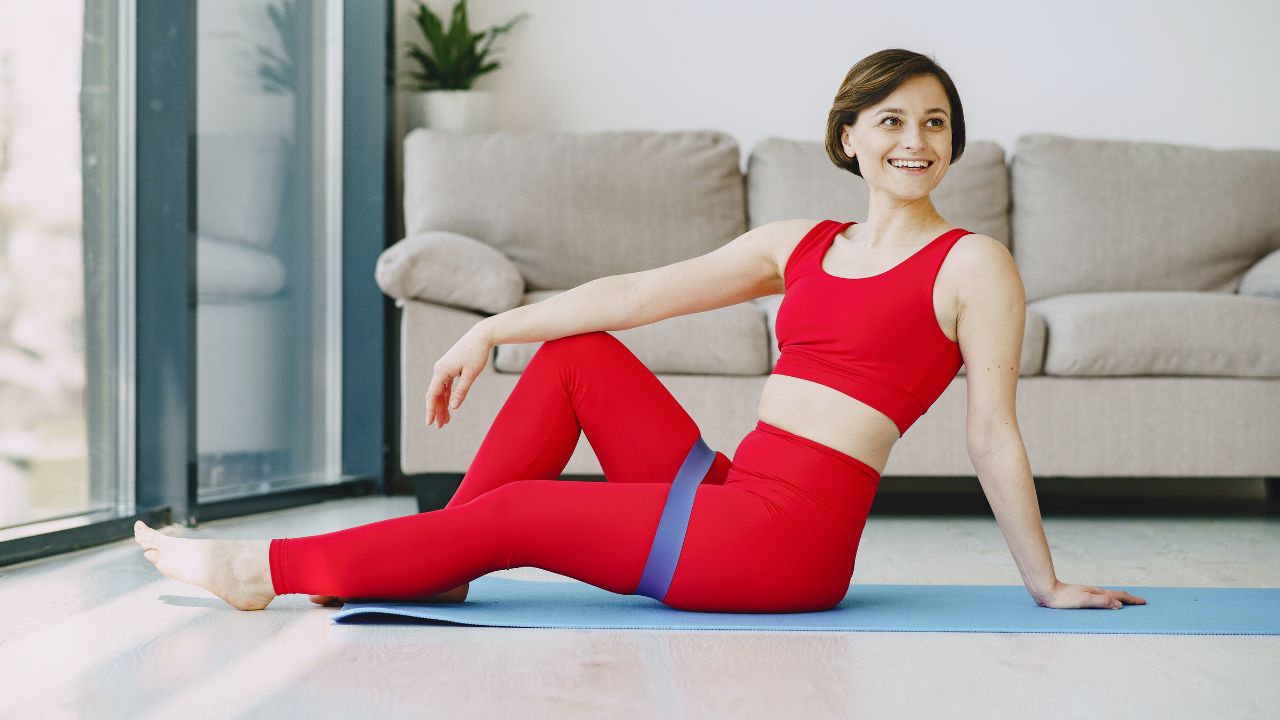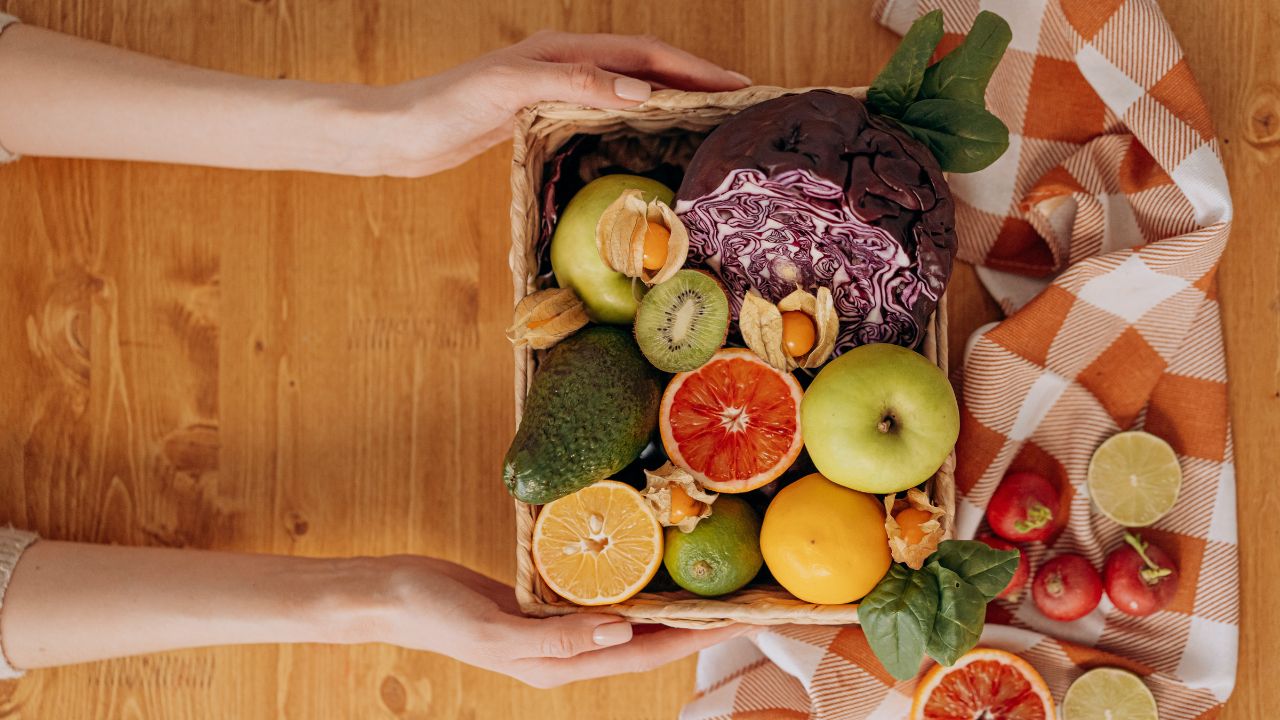Are you searching for weight loss diets? Have you ever tried the volumetrics diet? If not, you should try it now. The Volumetrics diet is one of the best types of diets and is designed to help people lose extra fat.
This diet plan will help you reduce the feeling of hunger. You have to take foods with low calories and high water content. Such foods make you feel full throughout the day.
What is a volumetrics diet?

The volumetrics diet was designed by nutritionist and obesity researcher, Barbara Rolls. This diet encourages you to take foods with high nutrients instead of taking high-calorie foods.
Volumetrics diet makes you feel full throughout the day while consuming limited calories. You have to scarify your cravings for calorie-dense foods such as candies, nuts, oil, added sugar meals, and drinks.
Unlike other types of diets, this diet plan is supposed to build healthy eating habits and it should be viewed as a lifetime habit instead of a short-term solution for weight loss.
Is Volumetrics Diet Good For Weight Loss?

Simply yes. If you are following this diet plan strictly, you are likely to lose weight or maintain a healthy weight after weight loss. Generally, foods with low calories and more water have been shown to make you full on a few calories and promote weight loss. Eating fruits and vegetables with more water and fewer calories will help you in your weight loss journey. Furthermore, for better results, this diet plan encourages 60 minutes of regular exercise.
What Can You Eat On The Volumetrics Diet?

On the volumetrics diet, you have to focus on low-calorie density foods such as veggies, fruits, salads, and soups. You can also take a few high-energy foods including cheese, dairy products, and desserts but within certain limits.
There are four food categories for the volumetrics diet based on energy density.
Category 1: Very Low Energy Density Foods
This category includes foods that have less than 0.6 calories per gram such as chicken soup, watery fruits, lentils soup, and non-starchy veggies such as broccoli, mushrooms, asparagus, pepper, tomatoes, baby corn, Chinese spinach, and bean sprouts.
Category 2: Low Energy Density Foods
This category includes foods that have 0.6-1.5 calories per gram, for example, clam chowder, beans, grapes, tofu, low-fat yogurt, bran cereal, turkey breast, tuna, whole wheat pasta, and pea soup.
Category 3: Medium Energy Density Foods
This category includes foods that have 1.6-3.9 calories. Examples of this category include avocados, tortillas, bran bread, eggs, salmon, chicken breast, lean meat, feta, skimmed mozzarella, light mayonnaise, and pretzels.
Category 4: High Energy Density Food
This category includes high-calorie foods (4-9 calories per gram) such as butter, bacon, chips, desserts, chocolates, peanut butter, nuts, seeds, jellies, olive oil, crackers, and full-fat sauces.
Generally, a typical meal on the volumetrics diet should contain foods from categories 1 and 2. However, you can eat food from category 3 in small amounts and a very limited portion from category 4.
FAQs
How do I start a volumetrics diet?
In order to get started on the volumetrics diet, eat foods with low-calorie density and high in water such as fruits, non-starchy veggies, and soups.
Can you gain weight from volume eating?
If your goal is to gain weight, volume eating might not be suitable for you. You need to eat more calorie-dense foods to increase your weight.
The Bottom Line
The volumetrics diet helps you to achieve weight loss goals by making you feel full for a longer time and reducing your hunger and cravings. You need to avoid several foods and drinks to get better results.
